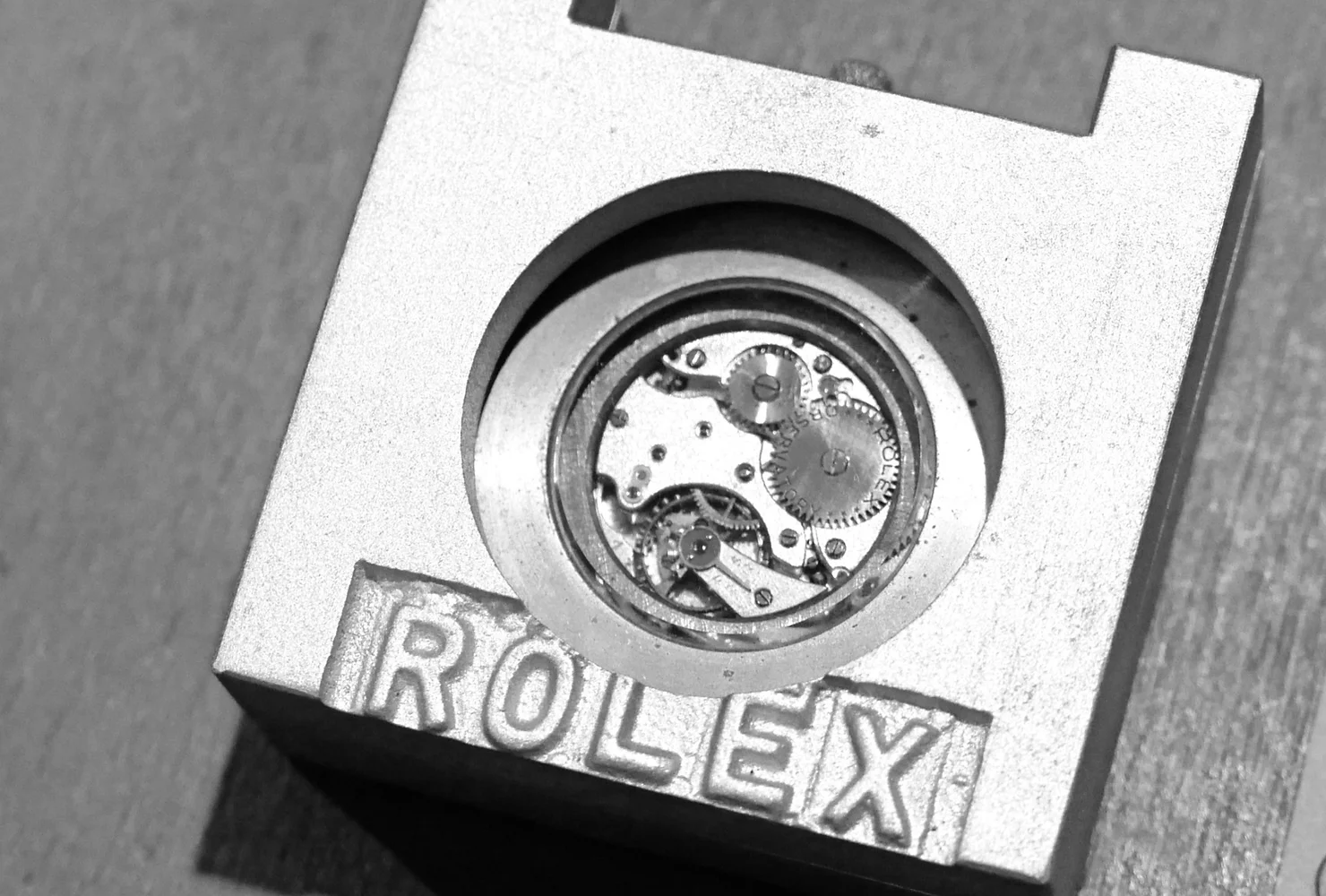
I know, it sounds odd: Rolex is renowned for doing just about everything in-house. Yet, the brand with the crown only acquired the company that makes all its movements in 2004. This post, itself based on a longer one I published over a year ago about Rolex’s original site in Bienne, gives you a summary of how it all came into being.
Before 2004, Rolex SA, the company we know today, and Manufacture des Montres Rolex SA, its Bienne-based movement manufacturer, were separate entities, with different owners. In reality, with the latter having as its exclusive client the former, and operating under its name, the two were very much functioning as a unified entity. The 2004 fusion was nonetheless highly strategic for Rolex, putting an end to over a century of the deep yet uncommon relationship with its production facility established in 1878 in Bienne by Jean Aegler.

A humble beginning
The highly talented watchmaker Jean Aegler founded with his wife a company in his name in Bienne, in 1878. Three years later, in 1881, Aegler acquired a workshop in the hills overlooking the city, in the neighbourhood known as Vignoble, which in French means vines. Up until today, there are vines growing on that very same Jura hill.
Jean Aegler (left, below) was different from most other movement producers back then for two reasons. First of all, by the high quality of its movements, which used lever escapements, a more robust and precise technology than the more common cylinder escapements found in less expensive watches. But also, Aegler specialised in women’s watch movements, as the above advertisement shows (“Montres pour Dames” in French, “Damen-Uhren” in German). Back in those days, men’s watches were typically large pocket watches. Women, on the other hand, would either carry small pocket watches, or wear them on the wrist or pinned to their clothing. Women’s watches were therefore smaller, meaning their movements had to be as well. The reduced size made them more complex to produce. The combination of both high quality and small size characteristic of Aegler movements caught the attention of a very ambitious, and visionary, young man, whose name will inevitably resonate with most watch lovers: Hans Wilsdorf.

Hans Wilsdorf (right) was a fantastic watch industry leader to say the least. While the first men’s wristwatch is to the credit of Cartier with the Santos in 1904, Wilsdorf was among the pioneers who were convinced that men’s wristwatches would take off. The German-born businessman had started to work in the Swiss watch industry before setting up Wilsdorf & Davis, a London-based watch trade, with his brother-in-law. It was originally a fairly straightforward trade, ordering watches to be produced in Switzerland and importing them into England, and there selling them onto jewellers. While his offering included different tiers of products, Wilsdorf wanted a very high quality supplier capable of producing top-of-the line men’s wristwatches. Aegler was exactly what he needed.
Jean Aegler himself died at the young age of 41, in 1891. His wife took over the business, as is shown in the illustration further above: “Vve” is the abbreviation for “Veuve”, meaning “widow” in French. Her son Hermann is known to be the one who developed a close relationship with Wilsdorf, laying the foundations for the inseparable ties between the two companies over the years.
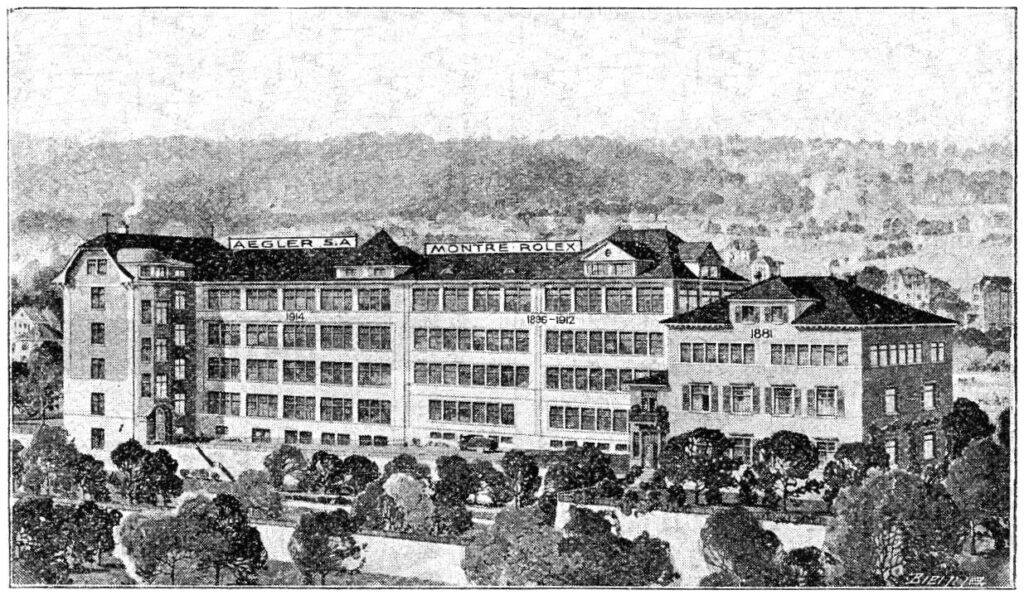
The First Rolex Watches
While Aegler was specialised in movements, it is widely accepted that he produced fully finished watches for Wilsdorf, assembling the dials and cases provided by other Swiss suppliers. Wilsdorf insisted that the best-in-class watches purchased from Aegler bear the name Rolex on the dial, a name he had registered in 1908. This was apparently the subject of some fierce debate with Hermann Aegler, who thought the Aegler name should rather appear given that they produced the entire pieces. Wilsdorf’s point of view prevailed, and we will never know if the brand would have had the same success with “Aegler” written under the crown.
The meaningful starting point for Rolex watches is generally considered to be what Wilsdorf mentions in his Rolex Jubilee Vade Mecum as being the first ever Rolex wrist-watch chronometer, in 1910. There is some lack of clarity on that front though, given that the only publicly documented traces left are that an 11-line Rebberg movement with lever escapement won a First Class Chronometer Certificate from the Bienne rating office. “Rebberg”, in reference to the hilly neighborhood where the Aegler workshop was located, was used as a trademark by Aegler for the production of their movements and also some complete watches.
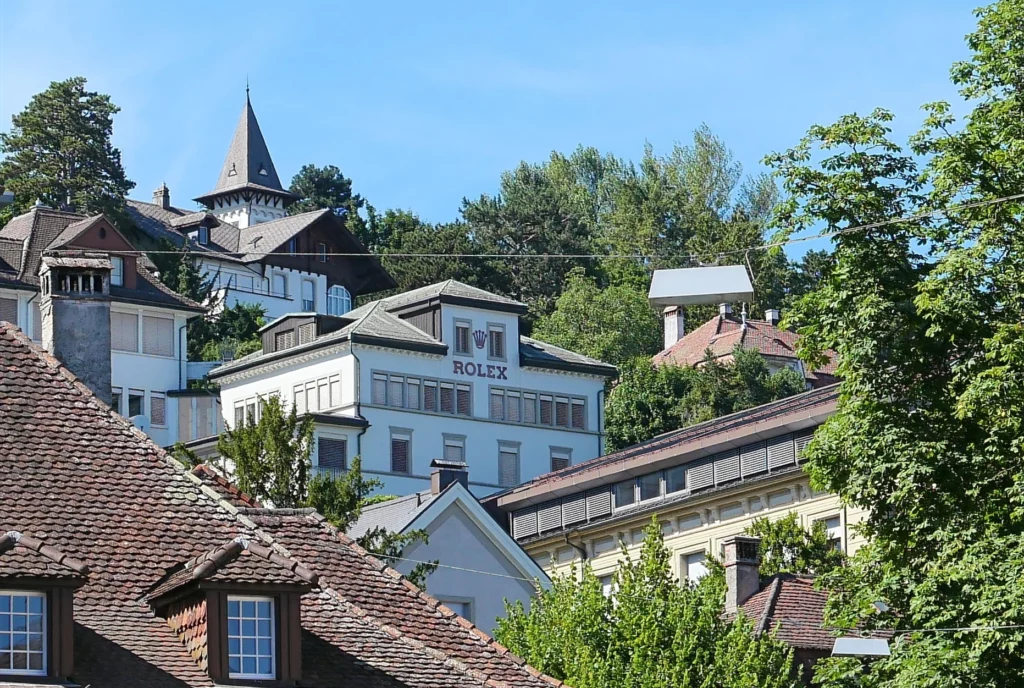
Two Entities, One Crown
The relationship between the two continued to grow interdependently. Aegler would produce watches for others, but Rolex was its most important customer. Wilsdorf set up an office in Bienne in 1916, before incorporating Rolex SA in Geneva three years later, as a reaction to new import duties in England as a consequence of the War. By that time, the Aegler factory had considerably grown, as we saw on the image above where the initial 1881 building is dwarfed by the large blocks added over the years. From a branding perspective, while the two entities remained distinct, the close relationship was reflected in Aegler being listed as of 1916 as ““Les fils de Jean Aegler, Fabrique de montres Rebberg, Final & Rolex”. The legal and trading names for Aegler continued to evolve periodically, but always reflected the intrinsic ties to Rolex.
In the 1920s, in the face of the recession caused by the war, the two companies, keen to mutually reinforce themselves, each purchased shares in one another. While the shares were eventually purchased back on both sides in the 1930s, the two agreed in 1936 to an exclusive arrangement, with Aegler only supplying to Rolex. The Bienne company was renamed “Manufacture des Montres Rolex SA.” It continued to be managed by the same family, with Emile Borer, Hermann Aegler’s nephew, taking over in 1931 before his son Harry succeeded him in 1969. The movement production sites continued to expand with two new units opened in 1994, west of the city center, in the Boujean neighborhood, where the Rolex movement production site has since stayed and continued to expand into the highly impressive facility we know today.
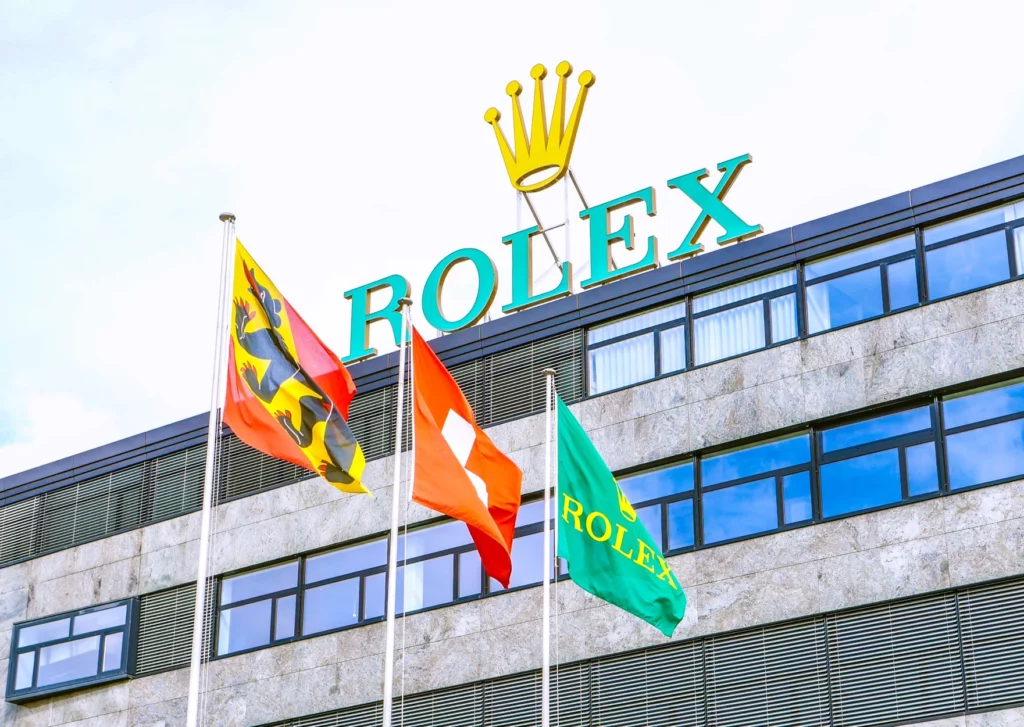
In 2004 finally happened what many assumed had always been the case: Harry Borer sold Manufacture des Montres Rolex SA to the Geneva mothership, Rolex SA. The two interdependent entities were officially housed under the same corporate roof. Now hosting 3,500 employees, the Bienne production site remains the one where all Rolex movements are produced before being sent to Geneva for final assembly. When one knows the highly deserved reputation of Rolex movements for their precision and reliability, it is obvious how important a role Bienne continues to play in the present and future of the brand with the crown.


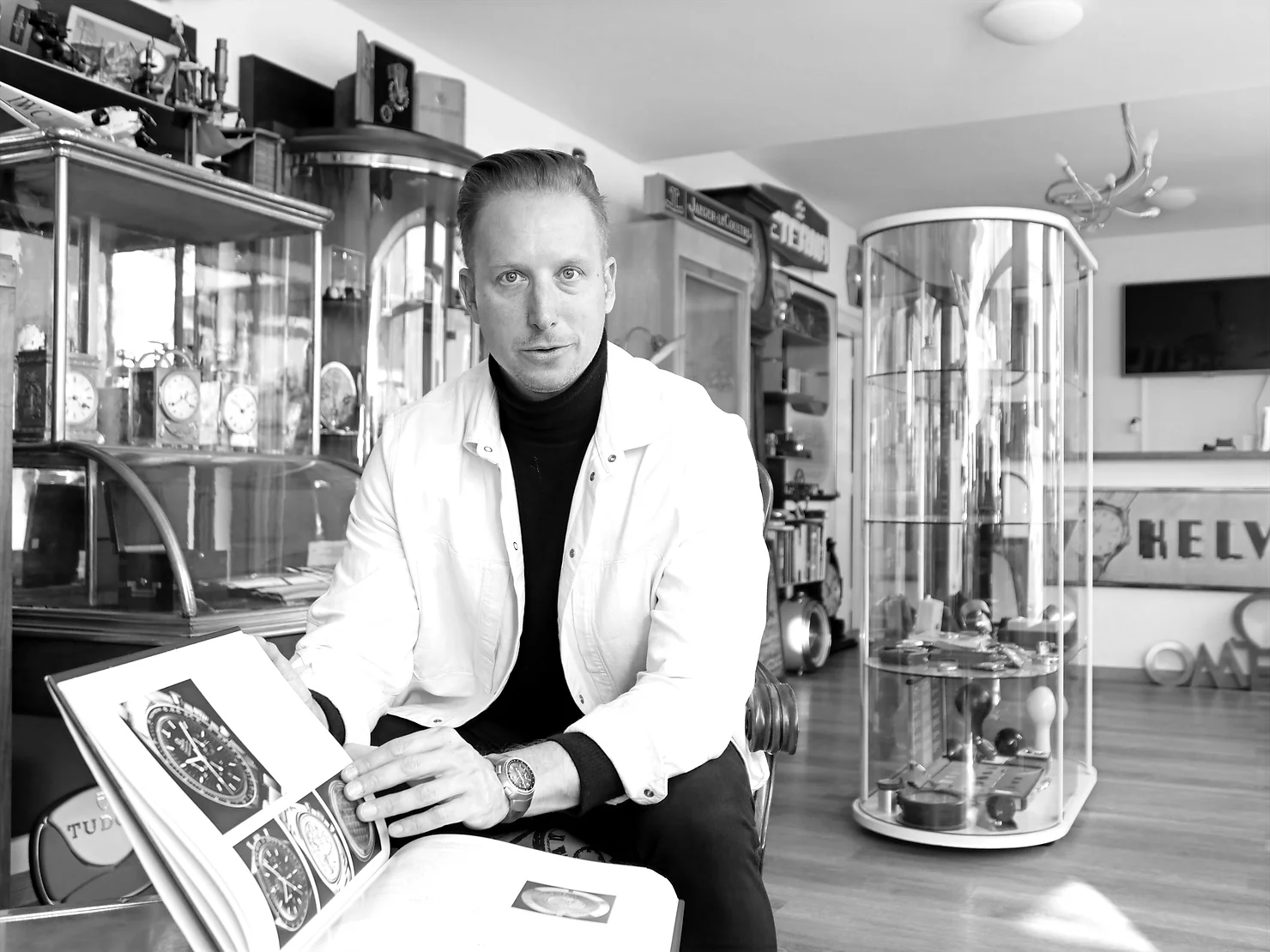
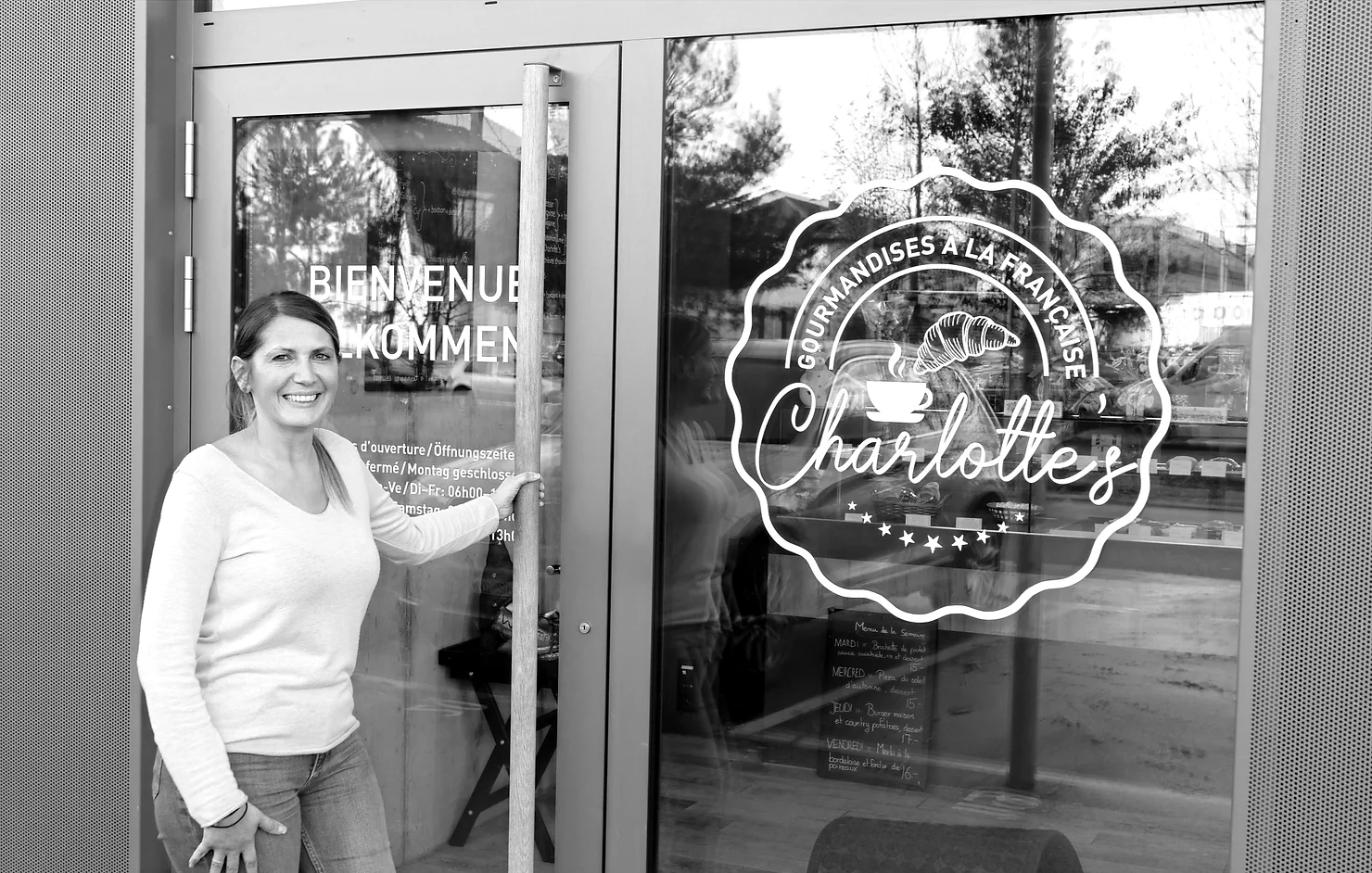
It is very surprising but I guess also makes sense when I understand what actually happened.